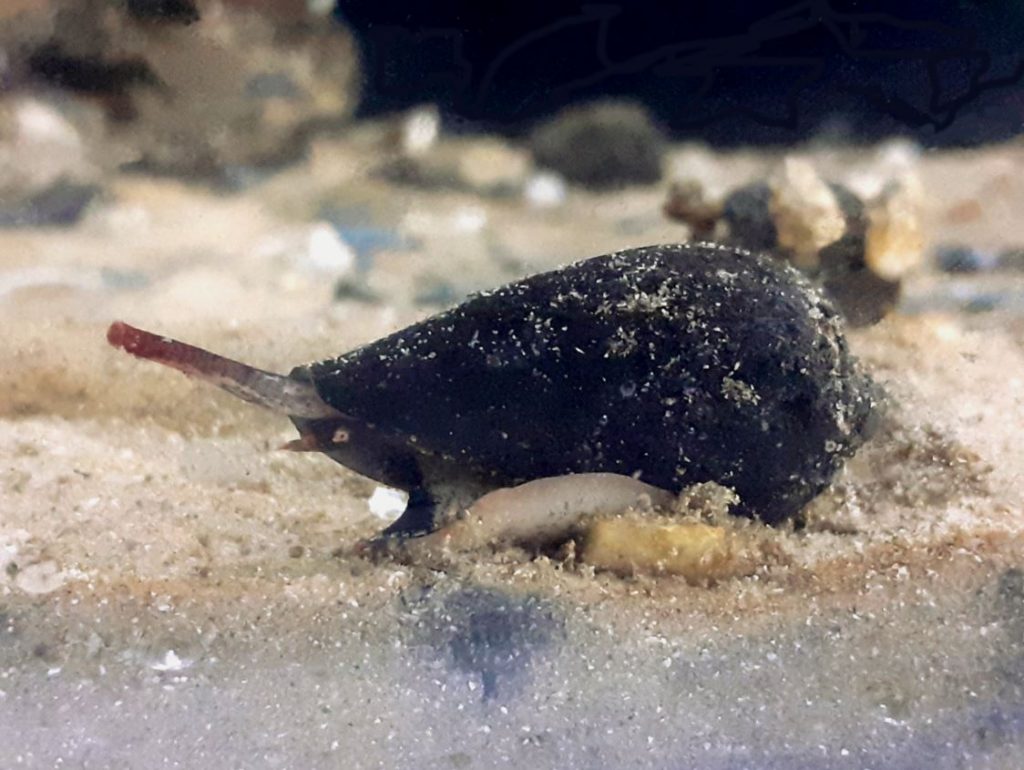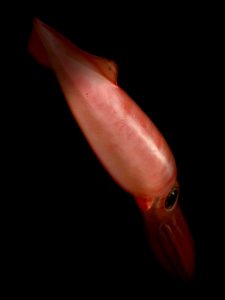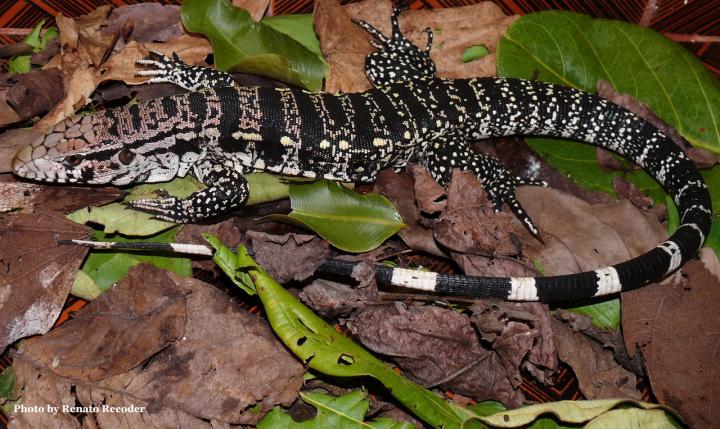
The first emblematic species sequenced by the Hong Kong Biodiversity Genomics Consortium are published to coincide with International DNA Day.

The first emblematic species sequenced by the Hong Kong Biodiversity Genomics Consortium are published to coincide with International DNA Day.

Morpho butterflies are emblematic species of the Amazonian rainforest known for their metallic shades of blue and green. Despite their conspicuous looks and fascinating biology, large-scale genome sequencing efforts have somewhat neglected them – until now.

A team led by scientists from Monash University have completed a major milestone towards achieving the rescue of the critically endangered helmeted honeyeater.

This week in GigaScience we published the genome of the mediterranean cone snail, Lautoconus ventricosus . Cone snails produce a wide variety of powerful toxins and the new chromosome-scale genome assembly opens the door for detailed investigations of their diversity and evolution. Cone snails are beloved by collectors for their often beautiful shells, but they are infamous because of their powerful venom.

The International Ukraine Genetic Diversity Project finds a quarter of the genetic variation in Europe, dramatically increasing information on population diversity and medical genetic variation. Today, the largest study of genetic diversity in Ukraine was published in GigaScience . The project was an international effort, bringing together researchers in Ukraine, the US and China and is the first fruits of this collaboration to

With the recent launch of our new GigaByte journal you may have noticed some interesting genome datasets being published, including the banjo frog, common dragonet fish, and extremely rare Nyssa yunnanensis tree. Joining these species on the genomics tree of life this month is a small mouse-like marsupial called the brown antechinus.

Today, GigaScience published a report on the genome of a truly unique species: the giant squid Architeuthis dux . The elusive animal is the main character in ancient stories about sea monsters and it is known as “the kraken” in many legends.

Today in G igaScience we present the genome of the tegu lizard. It is the most complete assembly of any reptile genome so far and will also aid scientists to study other lizards and snakes. The tegu has mastered a trick that is highly unusual in the reptile world: it can turn on its own heating system.

In GigaScience , Benjamin Makepiece and his co-authors from Liverpool present genome assemblies of two trombidid mite species, the itch-inducing chigger mite and its more benign cousin, the velvet mite. The bite of the chigger mite can transmit a life-threatening bacterial disease, scrub typhus.

Photo: UNSW Sydney The cane toad Rhinella marina is native to Central and South America. But thanks to humans and the sugar cane trade, the species now thrives also in Australia and other places where it doesn’t belong. The invasive species comes with an unpleasant surprise for native Australian predators, such as snakes or freshwater crocodiles: R. marina kills them with its toxic secretions.